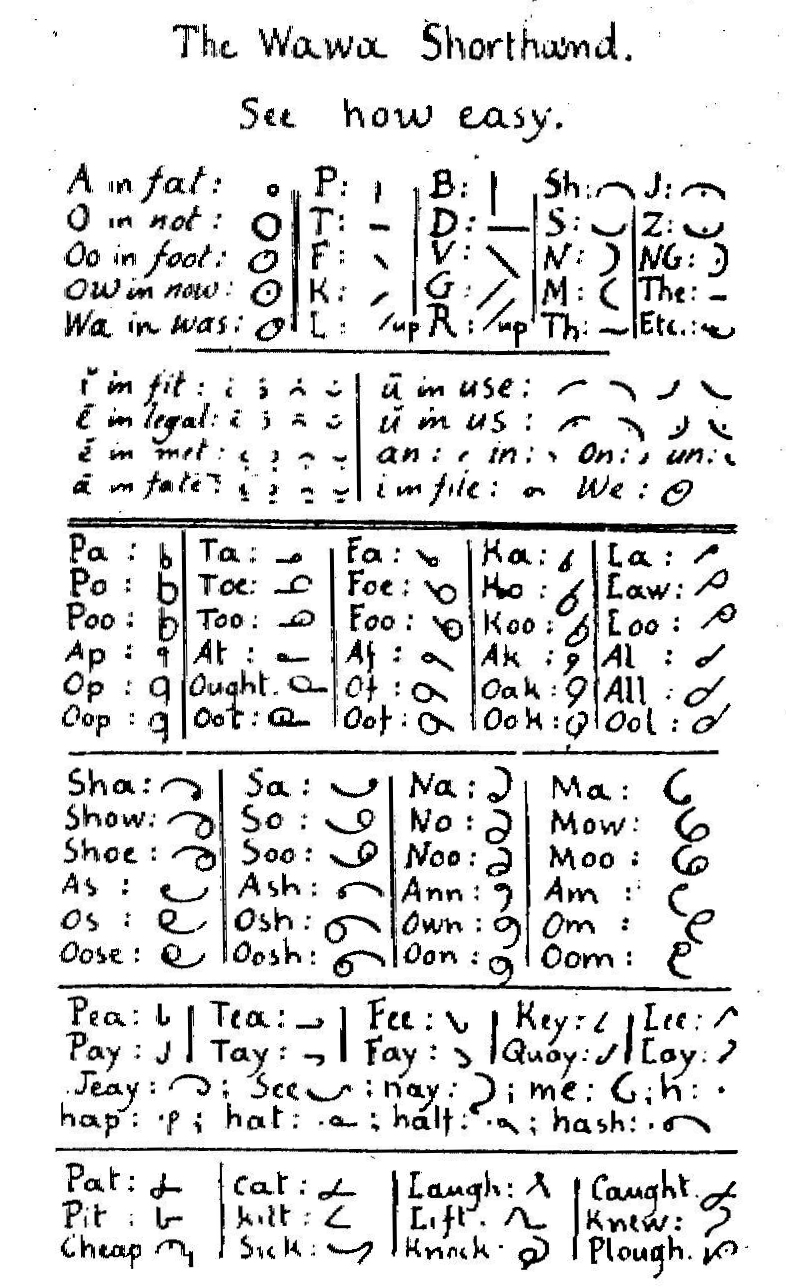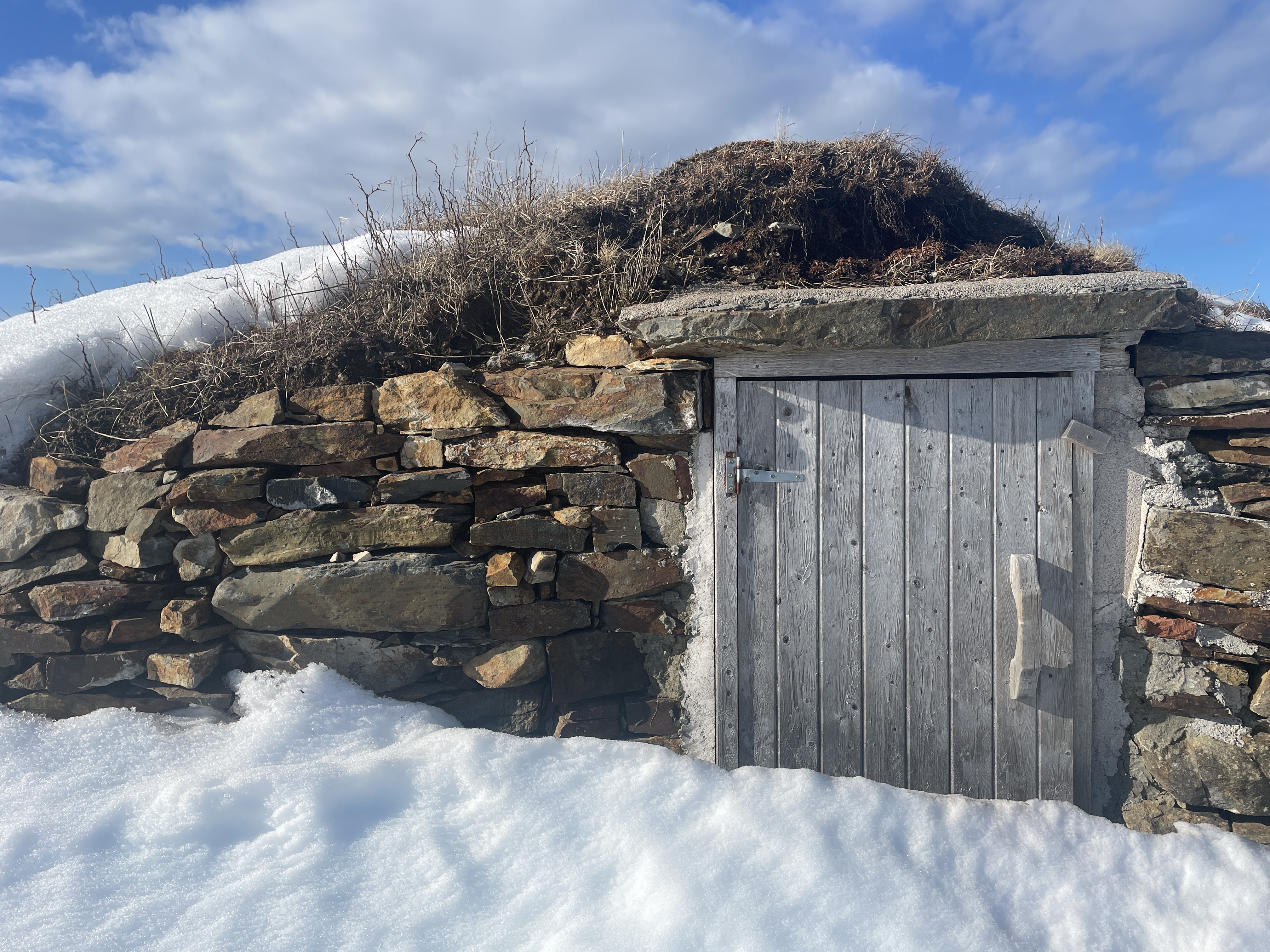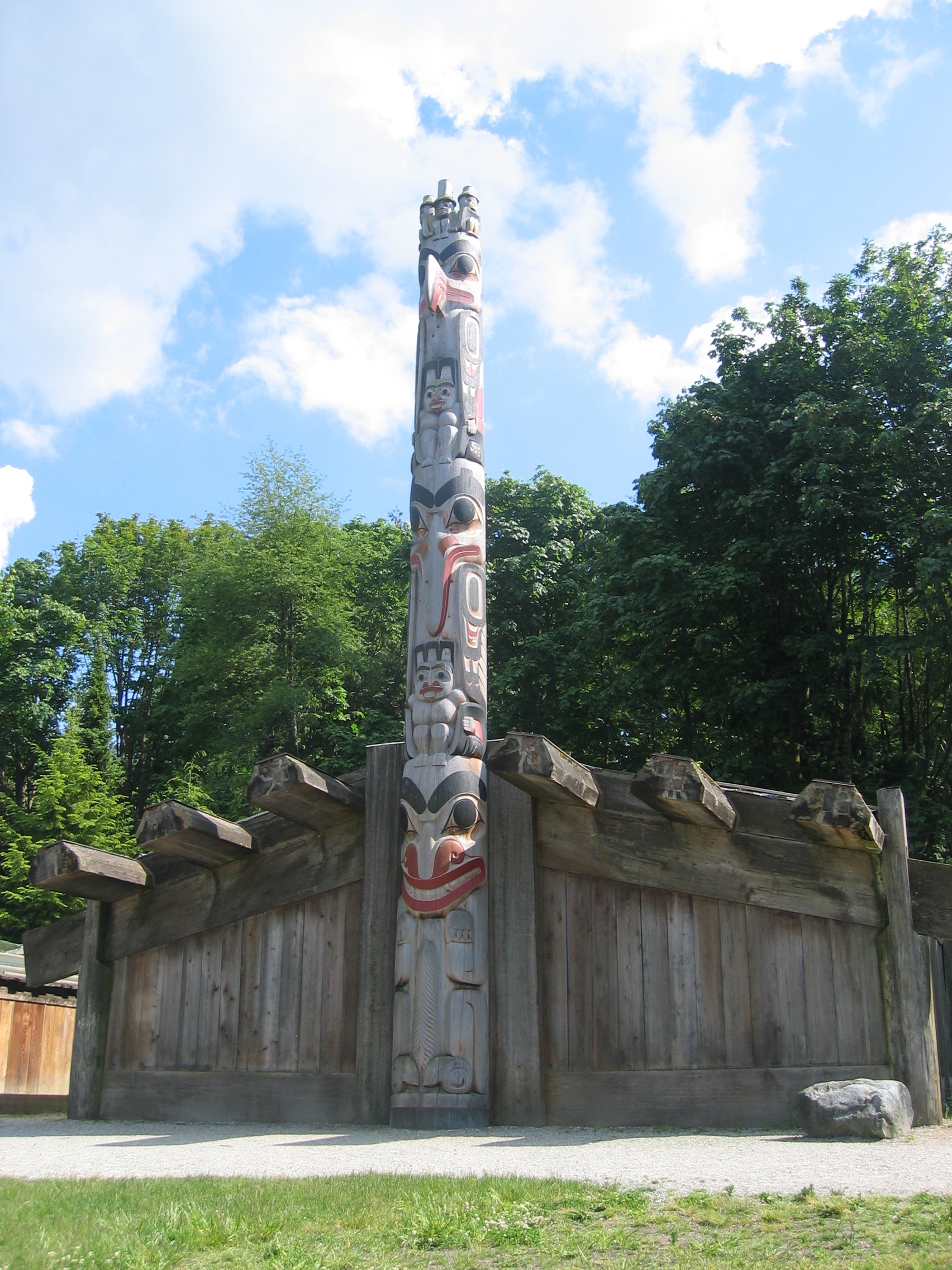|
Quiggly
A quiggly hole, also known as a pit-house or simply as a quiggly or kekuli, is the remains of an earth lodge built by the First Nations in Canada, First Nations people of the Interior Plateau, Interior of British Columbia and the Columbia Plateau in the United States. The word ''quiggly'' comes from a mispronunciation of the Nsyilxcən language, nsyilxcǝn term qʷc̓iʔ, which was incorporated into Chinook Jargon as ''kickwillie''. , kickwillie, or are the spelling variations of the Chinook Jargon word for "beneath" or "under". Appearance and location A quiggly hole appears as a circular depression in the ground, the remnants of a former log-roofed pithouse (locally named a barabara or an ulax). Quigglies generally come in large groupings known as ''quiggly towns'', some with hundreds of holes indicating a potential population of thousands. Some of these holes were residential for single family or larger groups, while some may have been storage only. Quiggly towns are typically ... [...More Info...] [...Related Items...] OR: [Wikipedia] [Google] [Baidu] |
Chinook Jargon
Chinook Jargon (' or ', also known simply as ''Chinook'' or ''Jargon'') is a language originating as a pidgin language, pidgin trade language in the Pacific Northwest. It spread during the 19th century from the lower Columbia River, first to other areas in modern Oregon and Washington (state), Washington, then to British Columbia and parts of Alaska, Northern California, Idaho and Montana. It sometimes took on the characteristics of a creole language. The contact language Chinook Jargon should not be confused with the Indigenous language Chinookan languages, Chinook. Reflecting its origins in early trade transactions, approximately 15 percent of its lexicon is French. It also makes use of English loan words and those of other language systems. Its entire written form is in the Duployan shorthand developed by French priest Émile Duployé. Many words from Chinook Jargon remain in common use in the Western United States and British Columbia. It has been described as part of a multi ... [...More Info...] [...Related Items...] OR: [Wikipedia] [Google] [Baidu] |
Barabara
A barabara or barabora (Russian); ulax̂, ''ulaagamax'', ''ulaq'', or ''ulas'' (plural) (Aleut language, Aleut); and ciqlluaq (Alutiiq language, Alutiiq ~ Sugpiaq)Jeff Leer (introduction) 2007 (eighth printing). Nanwalegmiut Paluwigmiut-llu Nupugnerit / Conversational Alutiiq Dictionary (Kenai Peninsula Alutiiq) [barabara (now usually used to mean "shed"): ''ciqluaq''] were the traditional, main or communal dwelling used by the Alutiiq people and Aleut people, Aleuts, the indigenous people of the Aleutian Islands. They lay partially underground like an earth lodge or pit-house, and most of the house was excavated from the dirt so as to withstand the high forces of wind in the Aleutian chain of islands. Barabaras are no longer used,Nabokov, Peter & Robert Easton (1989). Native American Architecture'. New York: Oxford University Press, pg. 205. as present-day Aleuts live in modern houses and apartment buildings. Overview The roof of a barabara was generally made from sod and grass l ... [...More Info...] [...Related Items...] OR: [Wikipedia] [Google] [Baidu] |
Okanagan Valley
The Okanagan ( ), also called the Okanagan Valley and sometimes the Okanagan Country, is a region in the Canadian province of British Columbia defined by the basin of Okanagan Lake and the Canadian portion of the Okanagan River. It is part of the Okanagan Country, extending into the United States as Okanogan County in north-central Washington. According to the 2016 Canadian census, the region's population is 362,258. The largest populated cities are Kelowna, Penticton, Vernon, and West Kelowna. The region is known for its sunny climate, dry landscapes, lakeshore communities, and particular lifestyle. The economy is retirement- and commercial-recreation-based, with outdoor activities such as boating and watersports, skiing, and hiking. Agriculture has been focused primarily on fruit orchards, with a recent shift in focus to vineyards and wine. The region stretches northwards via the Spallumcheen Valley to Sicamous in the Shuswap Country, and reaches south of the Canada� ... [...More Info...] [...Related Items...] OR: [Wikipedia] [Google] [Baidu] |
Earth Lodge
An earth lodge is a semi-subterranean building covered partially or completely with earth, best known from the Native American cultures of the Great Plains and Eastern Woodlands. Most earth lodges are circular in construction with a dome-like roof, often with a central or slightly offset smoke hole at the apex of the dome. Earth lodges are well-known from the more-sedentary tribes of the Plains such as the Hidatsa, Mandan, and Arikara, but they have also been identified archaeologically among sites of the Mississippian culture in the eastern United States. Structure Construction materials and techniques Earth lodges were typically constructed using the wattle and daub technique, with a thick coating of earth. The dome-like shape of the earth lodge was achieved by the use of angled (or carefully bent) tree trunks, although hipped roofs were also sometimes used. During construction the workers would dig an area a few feet beneath the surface, allowing the entire building ... [...More Info...] [...Related Items...] OR: [Wikipedia] [Google] [Baidu] |
Rancherie
A rancherie is a First Nations residential area of an Indian reserve in colloquial English throughout the Canadian province of British Columbia. Originating in an adaptation of ''ranchería'', a Californian term for the residential area of a '' rancho'', where most farm hands were aboriginal, the term later came to be used throughout British Columbia. In modern usage it is often a new residential area, but traditionally it is the oldest group of residences, typically log cabins or similar, generally clustered around a church. In some reserves where there is more than one residential area, "the rancherie" would mean a specific one of the group, typically the oldest. Rancherie does not refer to the whole of a reserve, or of a group of reserves run by a band government, but only to the community area so designated. The term is also in wide use outside of First Nations peoples, and is generally part of the vernacular in most small British Columbia towns with adjacent or contiguous I ... [...More Info...] [...Related Items...] OR: [Wikipedia] [Google] [Baidu] |
Thunderbird (mythology)
The thunderbird is a mythological bird-like spirit in Indigenous peoples of the Americas, North American indigenous peoples' history and culture. It is considered a supernatural being of power and strength. It is frequently depicted in the art, songs, and oral histories of many Indigenous peoples of the Pacific Northwest Coast, Pacific Northwest Coast cultures, but is also found in various forms among some peoples of the American Southwest, East Coast of the United States, US East Coast, Great Lakes, and Plains Indians, Great Plains. Description The thunderbird is said to create thunder by flapping its wings (Algonquian), and lightning by flashing its eyes (Algonquian, Iroquois). Across cultures, thunderbirds are generally depicted as birds of prey, or hybrids of humans and birds. Thunderbirds are often viewed as protectors, sometimes intervening on people's behalf, but expecting veneration, prayers, and gifts. Archaeologically, sites containing depictions of thunderbirds hav ... [...More Info...] [...Related Items...] OR: [Wikipedia] [Google] [Baidu] |
Lillooet Tribal Council
The Lillooet Tribal Council is the official English name of the largest tribal council of what is also known as the St'at'imc Nation, though not including all governments of Sťáťimc, St'at'imc peoples - the term St'at'imc Nation has another context of all St'at'imc peoples, not just those within this tribal council or the tribal council itself, as the term can be used for. The Lillooet Tribal Council a.k.a. the St'at'imc Nation is the largest tribal council of the St'at'imc people (a.k.a. the Lillooet people), though a pan-St'at'imc organization, the St'át'timc Chiefs Council includes all St'at'imc bands. Member Bands and First Nations *Bridge River Indian Band - Nxwísten or Xwisten *Seton Lake First Nation - Tsal’álh, Ohin, Skeil, Slosh and Nkiat *Cayoose Creek First Nation - Sekw’el’wás *Fountain First Nation - Cácl'ep or Xa'xlip *Lil'wat First Nation - Mount Currie Band in Mount Currie, British Columbia, Mount Currie *Ts'kw'aylaxw First Nation - Pavilion Band also ... [...More Info...] [...Related Items...] OR: [Wikipedia] [Google] [Baidu] |
Root Cellar
A root cellar (American and Canadian English), fruit cellar (Mid-Western American English) or earth cellar (British English) is a structure, usually underground. or partially underground, used for food storage, storage of vegetables, fruits, nut (fruit), nuts, or other foods. Its name reflects the traditional focus on root vegetable, root crops stored in an underground basement, cellar, which is still often true; but the scope is wider, as a wide variety of foods can be stored for weeks to months, depending on the crop and conditions, and the structure may not always be underground. Root cellaring has been vitally important in various eras and places for winter food supply. Although present-day food distribution systems and refrigeration have rendered root cellars unnecessary for many people, they remain important for those who value self-sufficiency, whether by economic necessity or by choice and for personal satisfaction. Thus, they are popular among diverse audiences, includi ... [...More Info...] [...Related Items...] OR: [Wikipedia] [Google] [Baidu] |
St̓át̓imcets Language
Lillooet (; Lillooet: / , ) is a Salishan language of the Interior branch spoken by the Stʼatʼimc in southern British Columbia, Canada, around the middle Fraser and Lillooet Rivers. The language of the Lower Lillooet people uses the name ', because ' means "the language of the people of ''Sat̓''", i.e. the Upper Lillooet of the Fraser River. Lillooet / St̓át̓imcets is a critically endangered language with around 120 fluent speakers and 393 semi-speakers. In 2022, there was a reported 1092 people learning the language. Regional varieties St̓át̓imcets has two main dialects: * ''Upper/Northern St̓át̓imcets'' ( St̓át̓imcets, Fountain) * ''Lower/Southern St̓at̓imcets'' (a.k.a. Lil̓wat7úlmec, Mount Currie) Upper St̓át̓imcets is spoken around Fountain, Pavilion, Lillooet, and neighboring areas. Lower St̓át̓imcets is spoken around Mount Currie and neighboring areas. An additional subdialect called Skookumchuck is spoken within the Lower St̓át̓imcets d ... [...More Info...] [...Related Items...] OR: [Wikipedia] [Google] [Baidu] |
Missionary Oblates Of Mary Immaculate
The Missionary Oblates of Mary Immaculate (OMI) is a missionary religious congregation in the Catholic Church. It was founded on January 25, 1816, by Eugène de Mazenod, a French priest later recognized as a Catholic saint. The congregation was given recognition by Pope Leo XII on February 17, 1826. , the congregation was composed of 3,631 priests and lay brothers usually living in community. Their traditional salutation is ('Praised be Jesus Christ'), to which the response is ('And Mary Immaculate'). Members use the post-nominal letters "OMI". As part of its mission to evangelize the "abandoned poor", OMI are known for their mission among the Indigenous peoples of Canada, and their historic administration of at least 57 schools within the Canadian Indian residential school system. Some of those schools have been associated with cases of child abuse by Oblate clergy and staff. Foundation The "Society of Missionaries of Provence" was founded on January 25, 1816, in Ai ... [...More Info...] [...Related Items...] OR: [Wikipedia] [Google] [Baidu] |
Longhouse
A longhouse or long house is a type of long, proportionately narrow, single-room building for communal dwelling. It has been built in various parts of the world including Asia, Europe, and North America. Many were built from lumber, timber and often represent the earliest form of permanent structure in many cultures. Types include the Neolithic long house of Europe, the Norman Medieval Longhouses that evolved in Western Britain (''Tŷ Hir'') and Northern France (''Longère''), and the Longhouses of the indigenous peoples of North America, various types of longhouse built by different cultures among the indigenous peoples of the Americas. Europe The Neolithic long house type was introduced with the first farmers of Central Europe, Central and Western Europe around 5000 BCE, 7,000 years ago. These were farming settlements built in groups of six to twelve longhouses; they were home to large extended families and kin. The Germanic cattle-farmer longhouses emerged along the southw ... [...More Info...] [...Related Items...] OR: [Wikipedia] [Google] [Baidu] |




